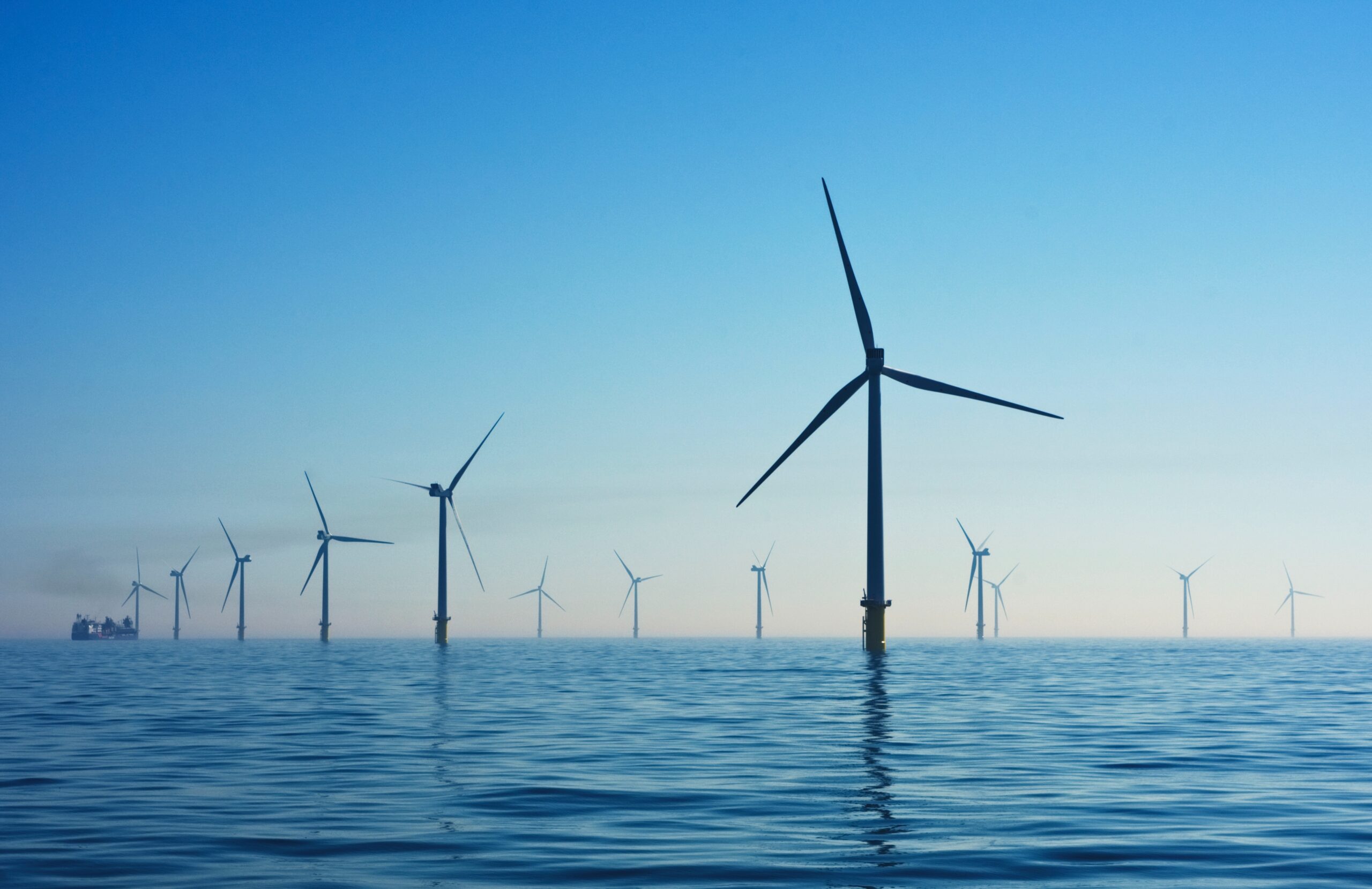University of Edinburgh Secures Grant to Continue Developing Wind Turbine Recycling Technology
The University of Edinburgh has secured a $160,000 grant securing funding for developing wind turbine recycling technology that turns old wind turbines into the coating for new ones.
The Contradiction of Wind Energy
Of the many ironic facts of our time, one stands quite tall within the environmental movement. That is the toll on the environment that the manufacture of eco-friendly technology requires.
This irony is not lost on the movement, as many have been pushing for new ways of creating the technology that will power our future. However, the fact remains that lithium and cobalt are still necessary for solar panels, and complex epoxy resin is necessary for wind turbines.
With regard to wind power, the turbines that generate such a sizeable amount of energy take incredibly long to degrade within a landfill, and replacing these turbines is quite common.
However, there can be a solution found with wind turbine recycling. If these turbines can be broken down into component materials, they can be formed into new ones. Or, they can be ground into dust to be used as a coating for new turbines, according to research from the University of Edinburgh.
How does it work?
This method of wind turbine recycling works by breaking down old turbines into dust, which is then used to coat the new turbines with a protective layer, increasing their lifespan.
This new innovative technology of wind turbine recycling has garnered significant interest, and new development has ensured this technology’s continued research.
The program to find a new way of wind turbine recycling has greatly interested Greencoat UK Wind, an environmental funding organization providing investment in wind farms. They have endowed the project with a $160,000 grant providing the resources needed to ensure this technology can find its footing in the larger market.
This is incredibly important as wind energy continues to be one of the leading areas in green energy generation. In the UK, wind energy generation has already outpaced gas-based energy generation.
Professor Vasileios Koutsos, the lead researcher who has made a significant contribution to the development of this technology, said, “We are delighted to have been awarded the funding for this innovative project and look forward to using our materials expertise to create a novel recycling technology that is likely to have a considerable commercial impact.”
The UK isn’t Alone
The UK isn’t the only country investing heavily in wind turbine recycling, though, as the US Department of Energy’s Wind Energy Technologies Office recently announced their support of Tennessee-based wind energy startup Carbon River and their process of recycling fiberglass from wind turbines.
Siemens Gamesa’s RecyclableBlade technology is now being used in a variety of offshore wind projects, including the Kaskasi offshore wind power project in Germany and the Sofia wind farm in the UK’s Dogger Bank project.
The RecyclableBlade is a significant breakthrough in the wind industry, as it makes it possible to recycle wind turbine blades at the end of their lifecycle. This is a major step towards a more circular economy for wind energy, and it will help to reduce the environmental impact of wind turbines.
The RecyclableBlade uses a new type of resin that makes it easier to separate the different materials in the blade. This allows the materials to be recycled and reused in other products, such as car parts or furniture.
These investments and changes reflect the fact that there is significant pressure from consumers demanding the elimination of hypocrisy within the clean energy industry.
While better than oil and gas energy, it is frustrating to see that there is still a significant environmental impact in the industry trying to eliminate environmental impacts within energy generation.
As these technologies continue to develop, what is becoming clear is that soon this contradiction will be lessened and lessened to the point where clean energy will be clean.










